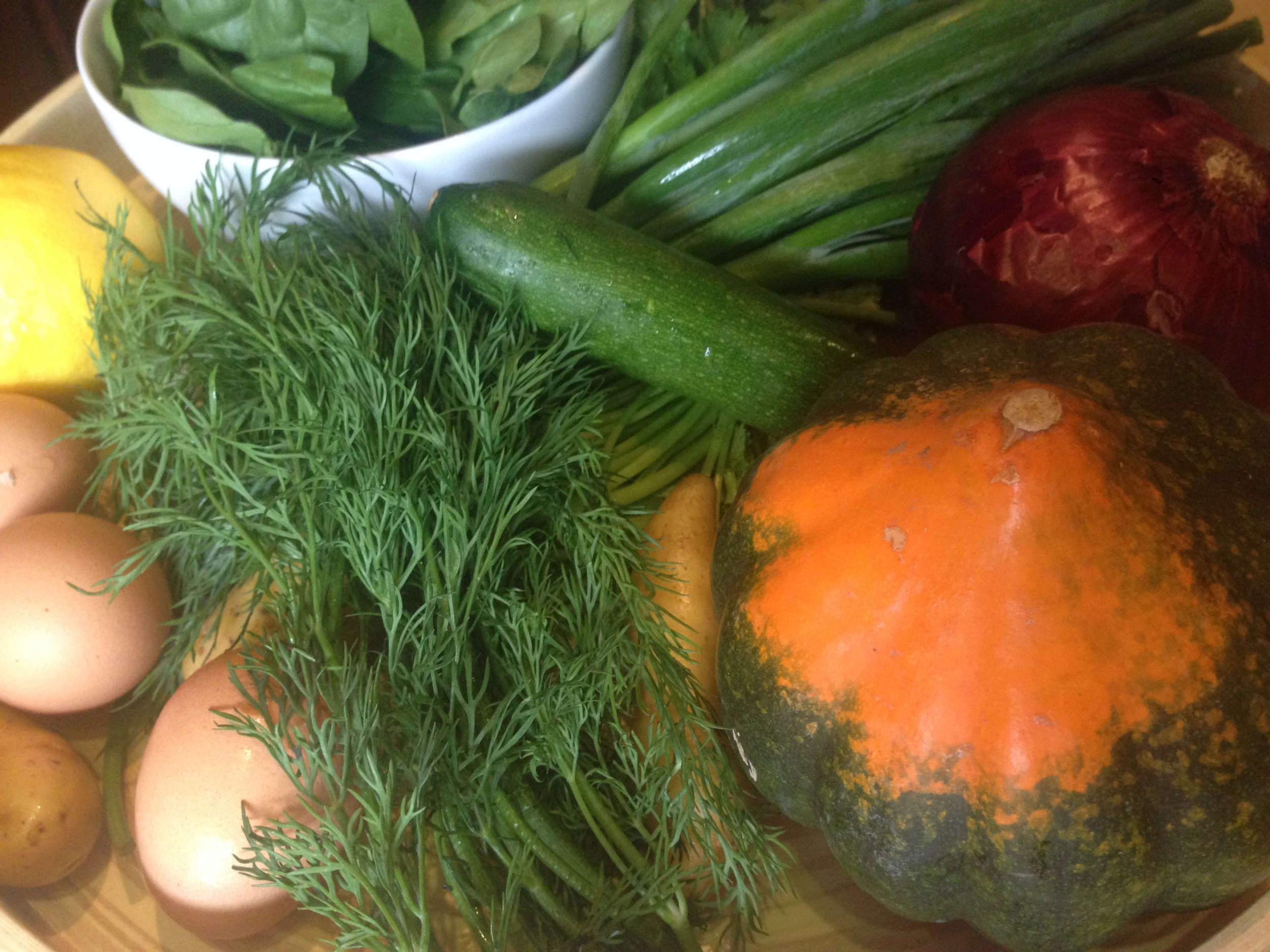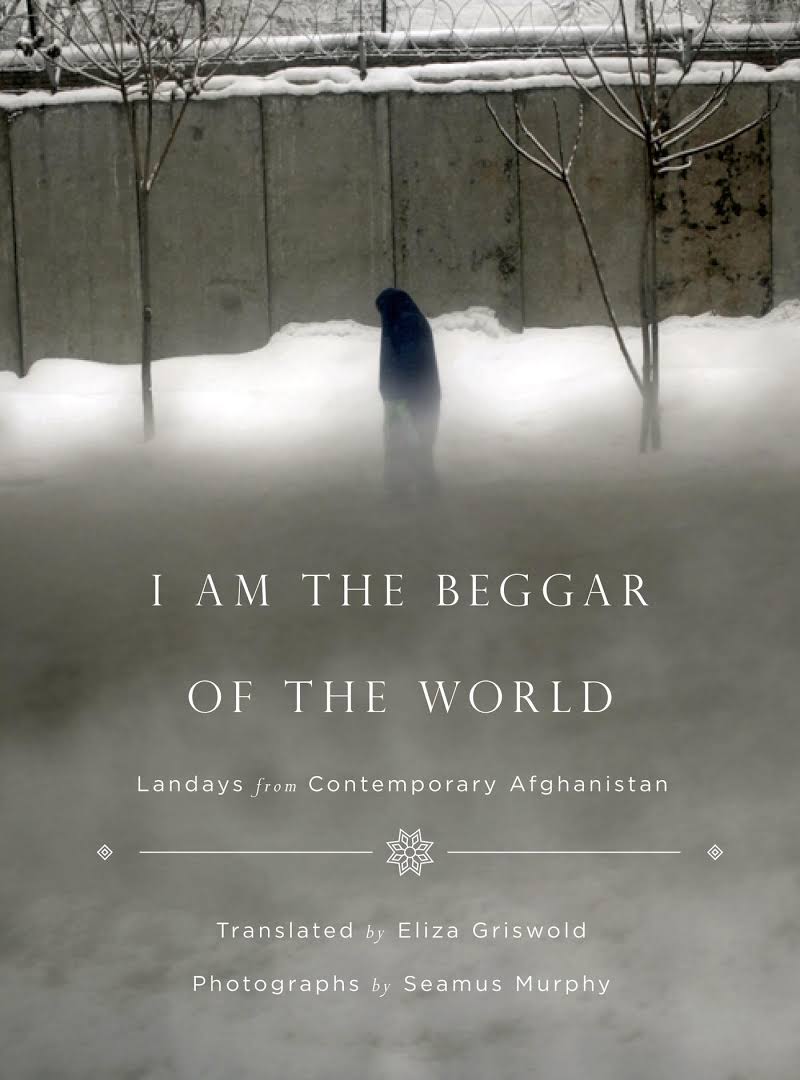By Humaira
I'm reposting this short story about my first experience as an eleven year old Afghan immigrant to the United States which highlight the hopes and dreams that came with my family's relocation to the United States.
After moving to the U.S., my Afghan family embraced two American holidays; Thanksgiving and Halloween. My father always cooked a big turkey with all the fixings to give thanks for his arrival to the United States a week before Thanksgiving of 1978, when he joined my sister and two brothers who were already here. The remaining family members followed him nearly a year later.
I was 11 and my brother Tamim was eight when we arrived in New York with no English or any sense of life in America, except for dreams we had created over the nine months of travel from Afghanistan to the U.S.
My sister Nabila excitedly told us about the upcoming holiday, Halloween. She explained that American children dress in costumes, go to parties, carve pumpkins and get candy. Somehow the order of all of this didn’t make any sense but, we zeroed in on the candy part. In Afghanistan, the only time we got candy was during two annual Eid holidays, the rest of the year we had to settle for raisins and dried fruit.
We had heard in America kids got candy and chocolates all the time but we couldn't believe our luck that people would come to our door to give us candy. Clearly, something was lost in translation. On Halloween, Tamim and I patiently waited all day for the candy bearers.
Finally around 6pm the doorbell rang; on the other side we found a sheep, a girl in a bonnet and a wolf. They said something in unison. We said nothing, and waited for them to hand over their candy. They said the same thing again. We just stood there, waiting. The girl in the bonnet looked annoyed, it was hard to tell with the sheep and the wolf.
Just when they were about to leave without giving us candy my Dad interfered. He dropped coins in their bags and then ushered us inside where he patiently explained how Halloween truly works. So, we quickly got to work on a costume with our limited resources.
Making something out of nothing is a skill all refugees develop over time, either by choice or necessity. We decided to be clowns. I used my mom's red lipstick to draw bright red circles on our cheeks and reddened our lips. Somehow this didn't seem enough of a disguise so I darkened and elongated our eyebrows with her black eyeliner. We looked more like a drag queens than clowns.
We headed out with one shared bag and started ringing doorbells in our low income, high rise apartment building in a down and out part of Queens, New York. The first couple of doors didn’t answer, but the third one did. A nice woman opened the door, paused and then said something to us. We just stood there with outstretched hand, holding our bag.
She cocked her head to the right and repeated the same thing again, but a little slower. We just stared without a word. She gave up and dropped two small chocolates in our shared bag.
We walked away in disbelief about this amazing holiday. I turned to Tamim, "Didn't I tell you Amreekaw is great. All you have to do is ring someone’s bell and they give you chocolate."
Later, with a bag full of candy we sat happily telling Nabila about our adventures, while she spent half an hour trying to get the lipstick off of our cheeks. This was my first lesson in make up application, don’t put lipstick on anything but lips.
What are some of your blunderous Halloween stories?






